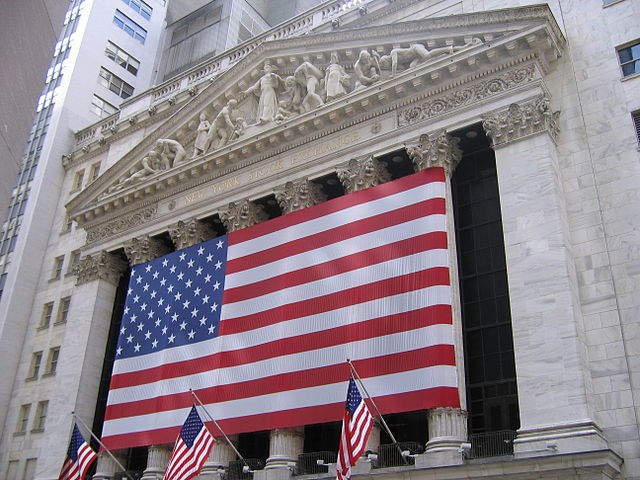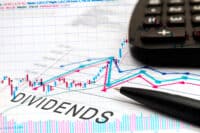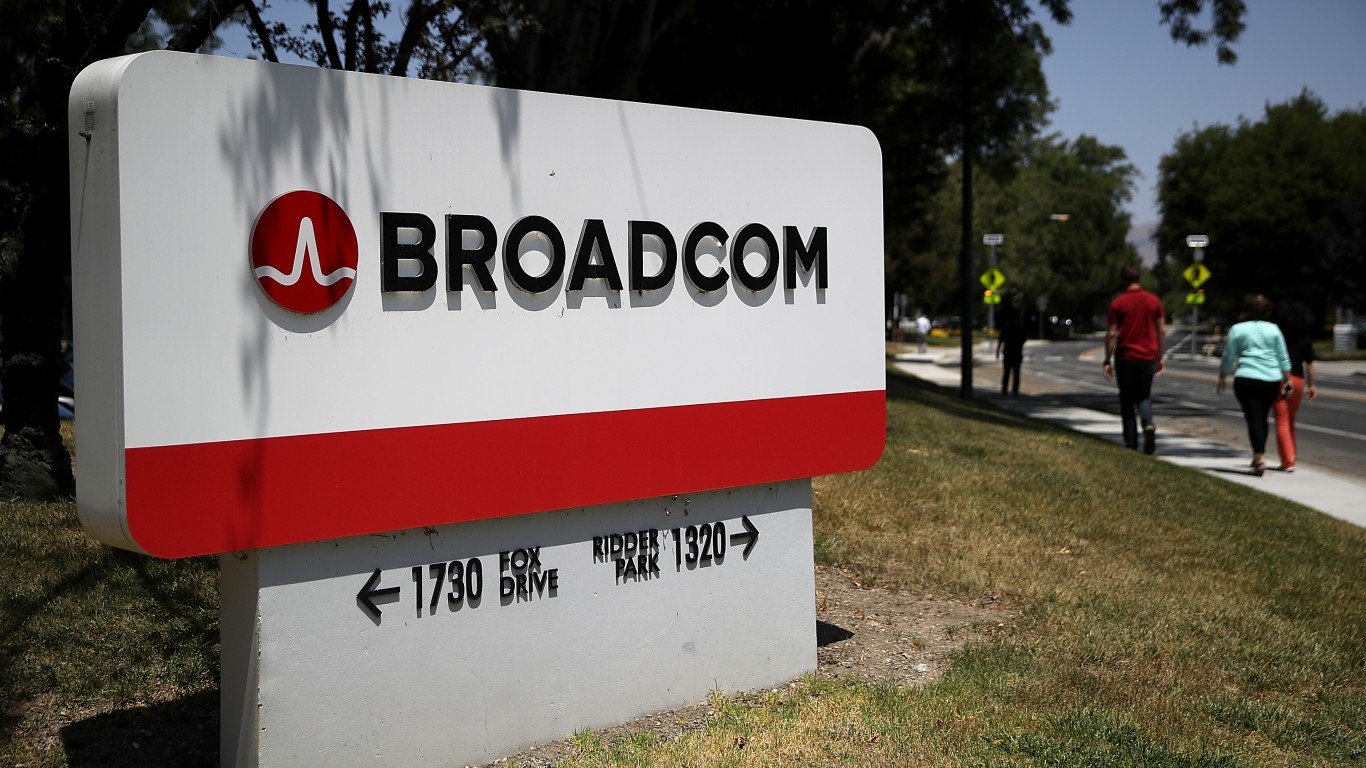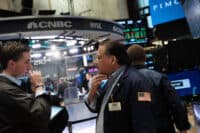Any time the market becomes too giddy, there can always be a severe knee-jerk type reaction. There is an old stock market saying that goes, “The market goes up like an escalator and down like an elevator.” If you really think about it, that’s about right. Even though the S&P 500 was up right at 30% last year, there did not seem to be a lot of days when the Dow Jones Industrial Average was up 300 or the Nasdaq was up 100. However they were down that much yesterday, and a small degree of panic is starting to show up.
At 24/7 Wall Street we have a large database of research that we can resort to and sample when looking for an overall opinion from strategists and economists. It is interesting to note that as the howls go up on one set of bad economic numbers, the recently released fourth-quarter GDP numbers were reasonably strong. There are certainly reasons for the sell-off we have experienced. Not the least of which is profit-taking after the biggest year since 1997. However, other indicators may point to a long awaited and needed correction — a correction that may serve as a pause prior to a move higher.
We reviewed commentary from J.P. Morgan, UBS, Merrill Lynch and other major bulge bracket firms. They had some interesting data and points that tended to be very similar in color.
1) Many firms see this dip as an opportunity to add to positions, and not the start of sustained weakness like the period from late 2007 to early 2009. Any complacency that was noted late last year and early this year is certainly being replaced with caution as the correction nears 6% and the VIX over 21 and well off multiyear lows.
2) Earnings drive stock prices, and earnings have been good. While earnings here have recovered much better than in Europe, they are improving there as well. For the United States, 35% of S&P 500 constituents have reported so far, with 80% beating earnings estimates and 67% beating sales. After steadily falling the whole of last quarter, U.S. fourth-quarter earnings per share has been moving up since the start of the year.
3) The housing market has drastically improved since the crisis hit its peak in 2008. The continued positive wealth effect from a 14% appreciation in house prices last year has added a component of liquidity as households deleverage from earlier spending sprees. The lack of new home construction for such a long period has made a huge difference and has sparked a solid recovery.
4) While the political rancor is still alive and well in Washington D.C., at least the ear-splitting partisan bickering has calmed to some degree. A budget was agreed upon, and recent positive news flow on the political front is reducing the likelihood of another debt ceiling showdown this year. That component in of itself will have a stabilizing effect on the markets.
5) While the emerging market (EM) news has not been positive, it is not seen as enough to undermine the overall world economy. While China’s factory growth has slowed to a six-month low, the second largest economy in the world is still expected to show growth much higher than ours. There is an old stock market adage that addresses issues like the EM situation. If you know about it, the crisis has already started and is likely closer to being over. The EM situation has been brewing ever since the Federal Reserve started the quantitative easing (QE) program almost three years ago.
6) The markets’ focus on one bad number tends to exacerbate selling, even if it is unwarranted. While the Institute for Supply Management (ISM) manufacturing index fell to 51.3% last month, lower than expectations, anything above 50% still represents growth in the economy. Brutal weather this winter has been blamed for not only the factory number, but for poor overall retail sales in January.
7) Global growth can drive earnings for U.S. companies. The J.P. Morgan economists’ forecast of a pickup in global growth to a 3.1% pace. That number is in line with the average seen over the past 20 years. Global purchasing managers indices (PMIs) have been on an uptrend for the past 18 months and are currently sitting at three-year highs. Those are hardly numbers that are foreshadowing an economic collapse.
8) The sell-off has actually rushed panicked investors back into the Treasury bond market, knocking yields back down to levels not seen since last year. The yield on the 10-year U.S. Treasury bond has dropped from right at 3% back to 2.58%. That effectively lowers borrowing costs for any major purchases done by corporations or consumers.
9) Gasoline prices have stayed very stable and are expected to fall as U.S. production continues to ramp up. Any time energy costs do not spike, consumers have more money to spend. That could translate into large durable goods spending. The average age of consumer durable goods — long-lasting items such as furniture, appliances and computers — is the highest since 1962, according to data from the Bureau of Economic Analysis. These items need to be replaced.
10) Banks are increasingly confident that loan demand conditions are set to improve. The net percentage of banks reporting tighter credit standards has fallen further. Easing in lending standards and the increase in loan demand point to a stabilization in credit growth ahead. This is something that has been debated since the end of the Great Recession. When will lending start to improve and business start to expand? It appears that may be on the horizon.
For months we recommended that investors be careful about investing new capital in the equity markets. We suggested scaling new money in or even waiting for a correction. That is hard to do when you continue to see stock prices going higher, and you are not fully invested to a level where you want to be. While current data is unlikely to keep the Federal Reserve from aborting its QE tapering, interest rates are still expected to stay below normal for years. That will continue to keep the wind at the consumer’s back, and the consumer accounts for about 70% of U.S. gross domestic product. As that number grows, the economy should as well.
Want to Retire Early? Start Here (Sponsor)
Want retirement to come a few years earlier than you’d planned? Or are you ready to retire now, but want an extra set of eyes on your finances?
Now you can speak with up to 3 financial experts in your area for FREE. By simply clicking here you can begin to match with financial professionals who can help you build your plan to retire early. And the best part? The first conversation with them is free.
Click here to match with up to 3 financial pros who would be excited to help you make financial decisions.
Thank you for reading! Have some feedback for us?
Contact the 24/7 Wall St. editorial team.



